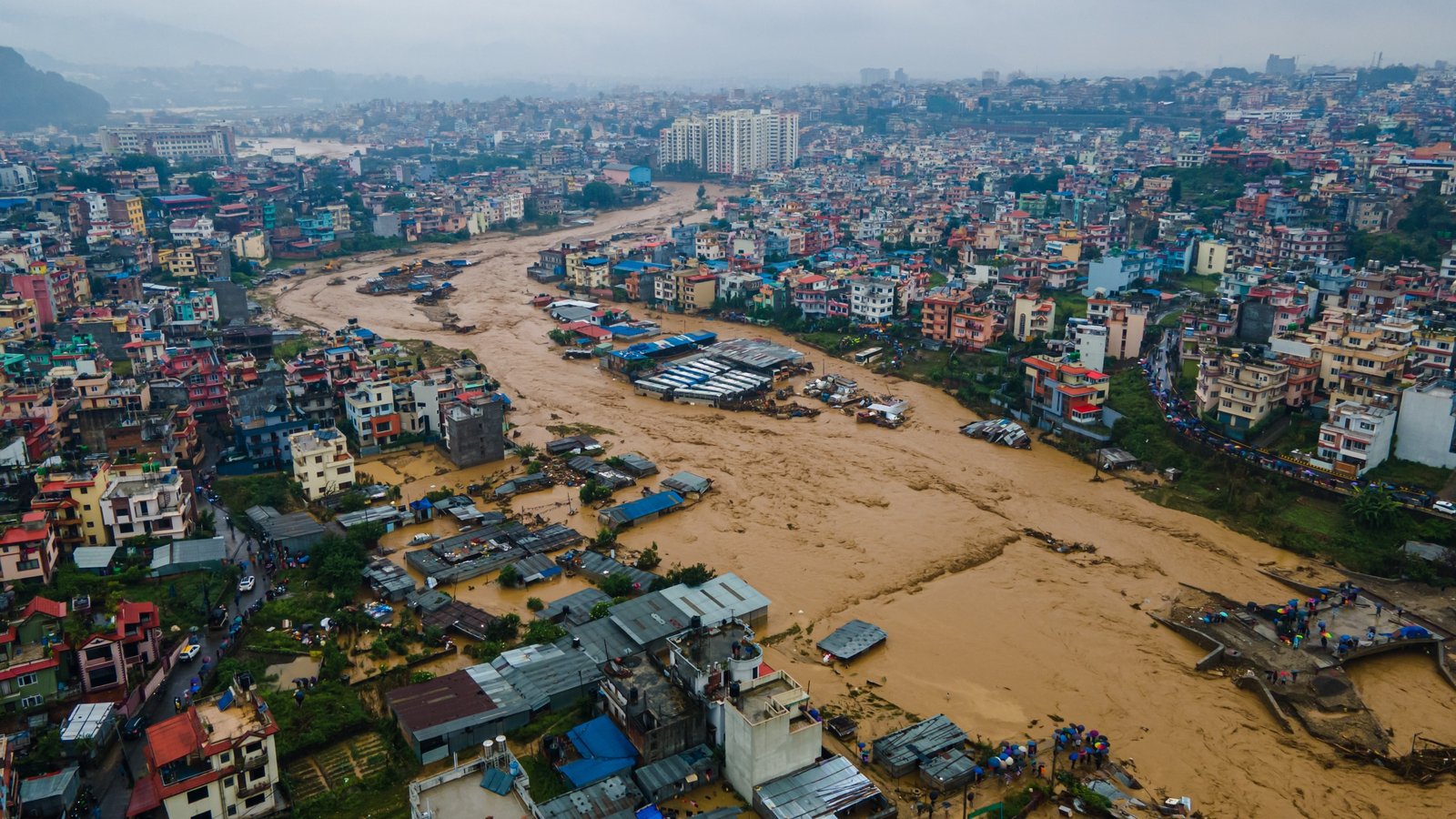Low-lying neighbourhoods in Nepal’s capital Kathmandu were inundated by surging floodwaters after ferocious monsoon rains, which have killed at least 126 people around the Himalayan republic.
Deadly rain-related floods and landslides are common across South Asia during the monsoon season from June to September, but experts say climate change is increasing their frequency and severity.
Large swathes of eastern and central Nepal have been inundated since Friday with flash floods reported in several rivers and extensive damage to the country’s highways.
The Kathmandu valley recorded 240 millimetres of rain in 24 hours, the country’s weather bureau told the Kathmandu Post newspaper.
It was the highest rainfall recorded in the capital since at least 1970, the report said.
The Bagmati river and its numerous tributaries which cut through Kathmandu broke their banks, inundating nearby homes and vehicles.
Nepal’s National Disaster Risk Reduction and Management Authority said 126 people had been killed across the country with another 63 still missing.
Residents pushed through chest-deep water to get to higher ground, with nearly 3,300 people rescued by relief teams, with more than 3,000 security personnel deployed to assist rescue efforts with helicopters and motorboats.
Landslides have blocked several highways connecting the capital to the rest of the country, leaving hundreds of travellers stranded.
The summer monsoon brings South Asia 70-80% of its annual rainfall.
Monsoon rains from June to September bring widespread death and destruction every year across South Asia, but the number of fatal floods and landslides have increased in recent years.
Experts say climate change has worsened their frequency and intensity.
Three people were able to escape alive, but authorities managed to recover only 20 bodies from the accident, with raging flood waters impeding the search.
More than 260 people have died in Nepal in rain-related disasters this year.

